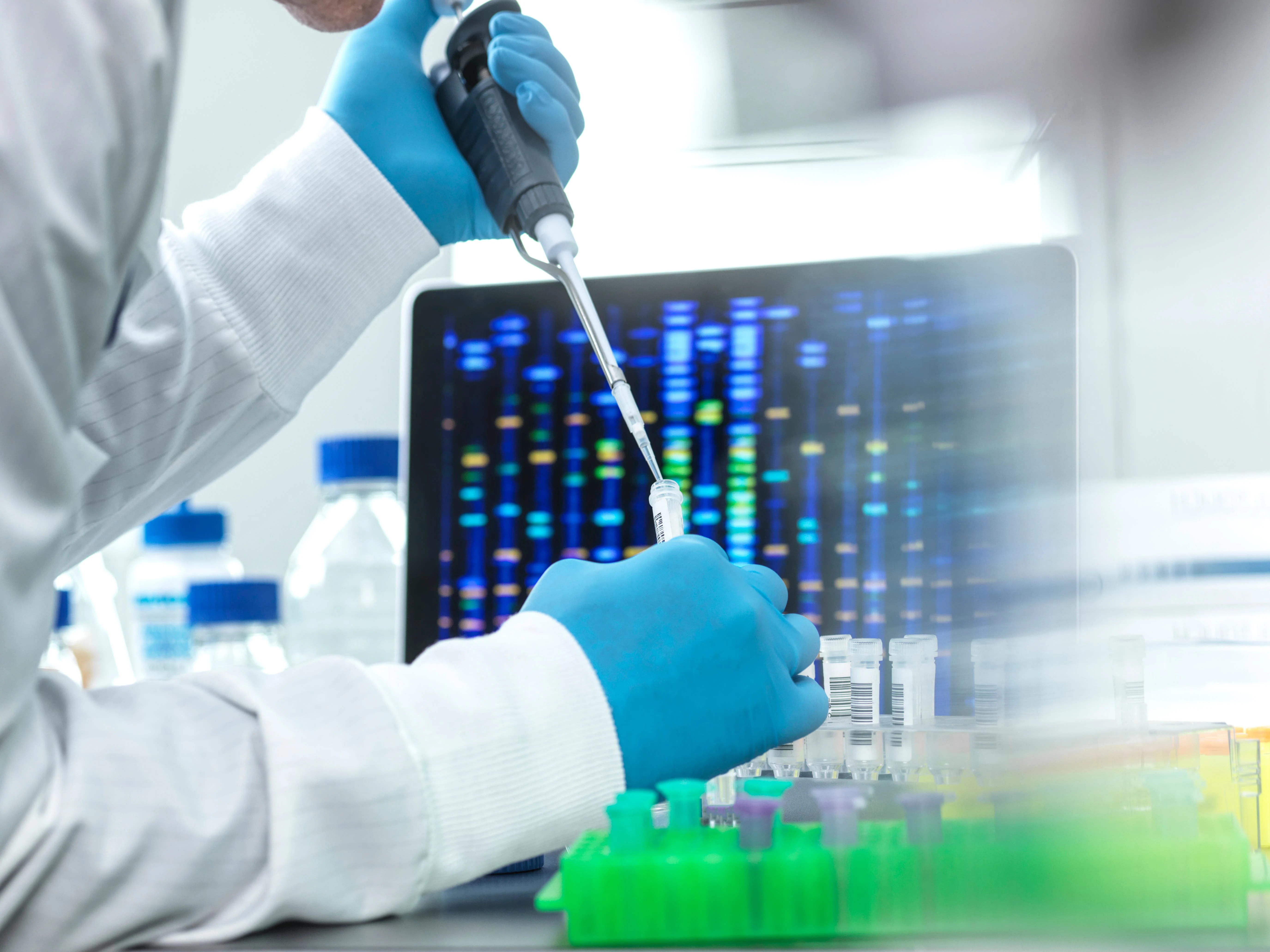Groundbreaking studies show that as men age, their sperm accumulate harmful genetic mutations. Some of these mutations gain an evolutionary advantage within the testes, leading to increased risks of congenital disorders in children of older fathers. Ultra-deep sequencing has identified dozens of genes involved, reshaping how scientists view paternal age and inherited disease risk.

October 20, 2025

Source:
Reuters
Groundbreaking DNA Studies Highlight Mutation Risks
New genetic research is reshaping understanding of paternal age and inherited disorders. Scientists have found that as men age, their sperm accumulate harmful genetic mutations.
Key Genetic Findings
Older men’s sperm contains more mutations compared to younger men.
These mutations are not just random—some are naturally selected and become more common as men age.
Advanced sequencing revealed dozens of genes in sperm cells under selective pressure.
Many of these genes, including FGFR2, FGFR3, and HRAS, are linked to serious congenital disorders such as Achondroplasia and Apert syndrome. (Nature Reviews Genetics)
Keep up with the story. Subscribe to the PR+ free daily newsletter

Source:
Newsweek
Science Behind Mutational Climb in Sperm
Spermatogonial stem cells divide throughout a man’s life. With each cell division, the risk of copying errors (mutations) increases, meaning older fathers have sperm with more genetic changes. Notably, some of these mutations make stem cells reproduce faster—a phenomenon called selfish spermatogonial selection. (Science, 2023)
Mutational Selection and Its Impact
Mutations that help stem cells thrive in the testes often increase in number.
If passed to children, these changes can cause genetic syndromes.
Ultra-deep sequencing uncovers previously hidden genetic risks in sperm. (Nature Genetics, 2022)
Read More

Source:
Wellcome Sanger Institute
Share this news:




















